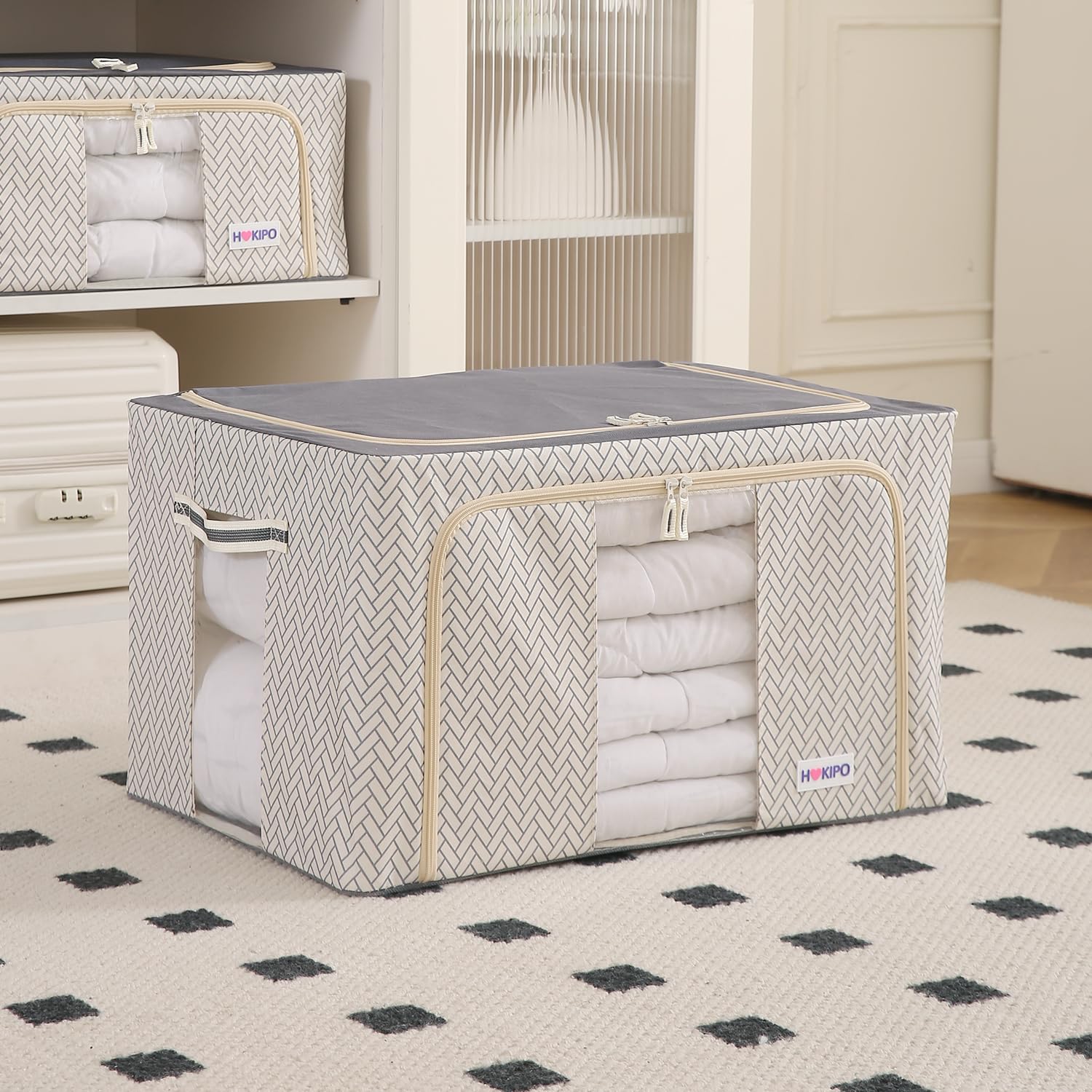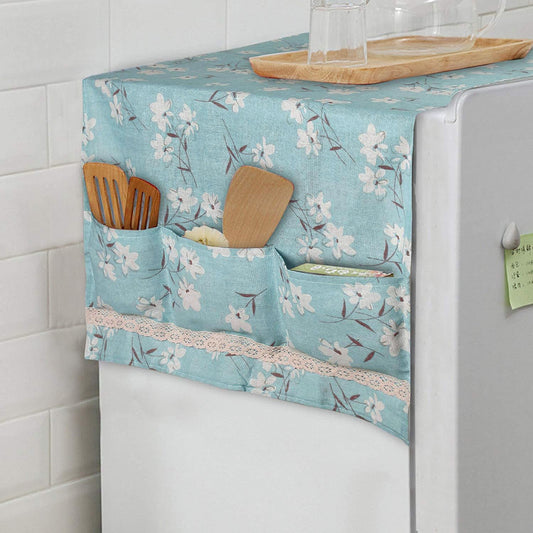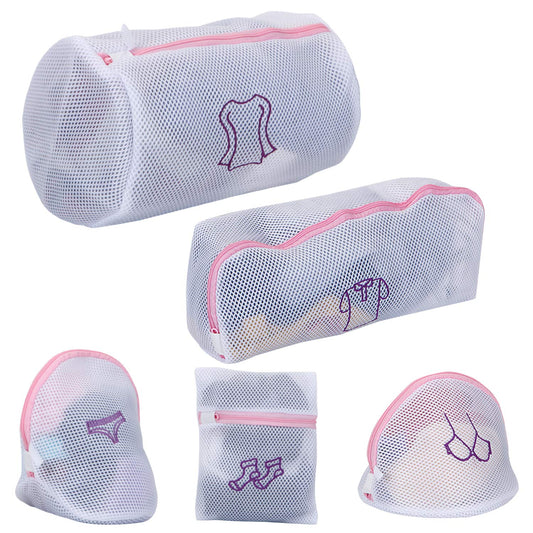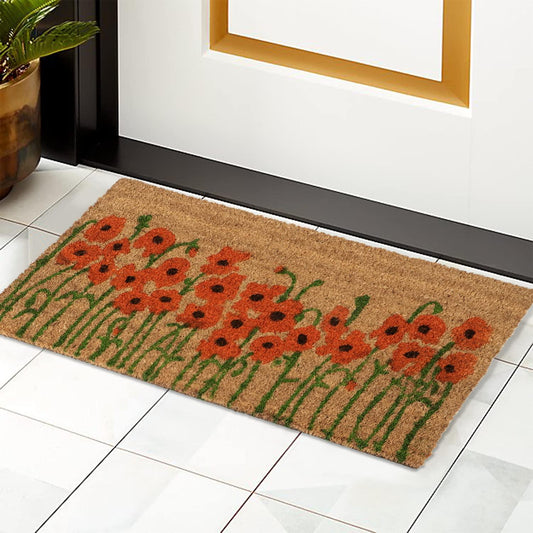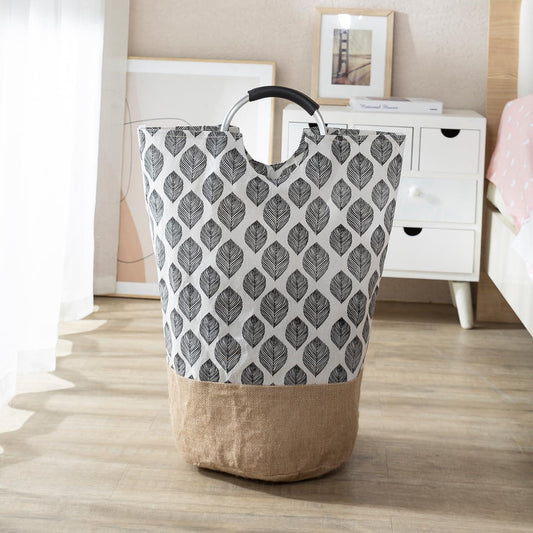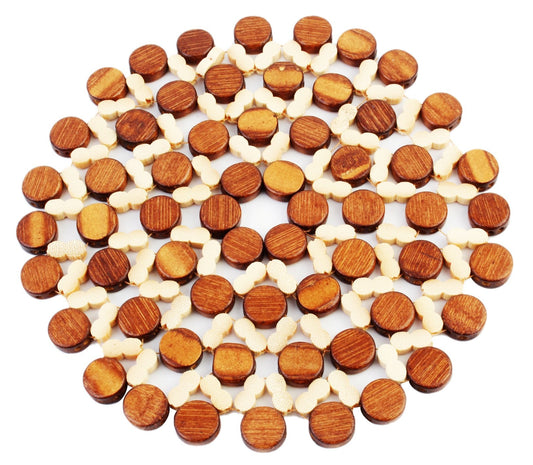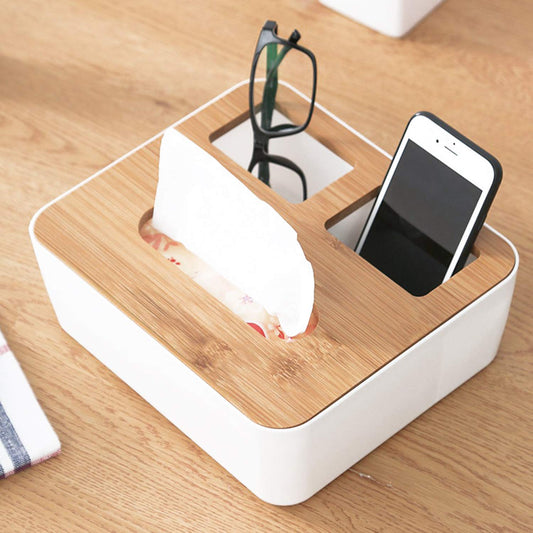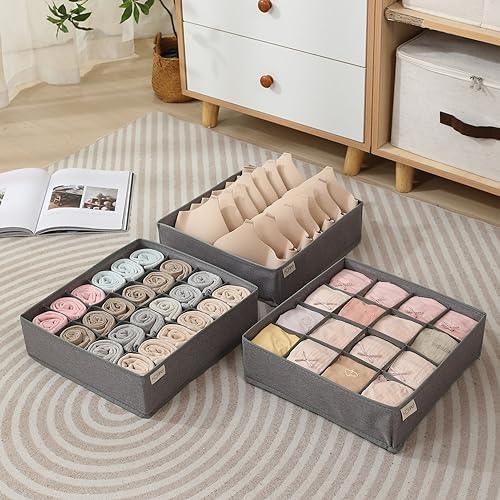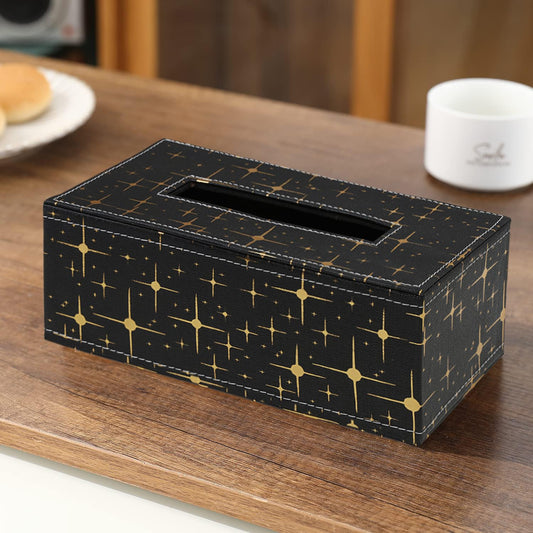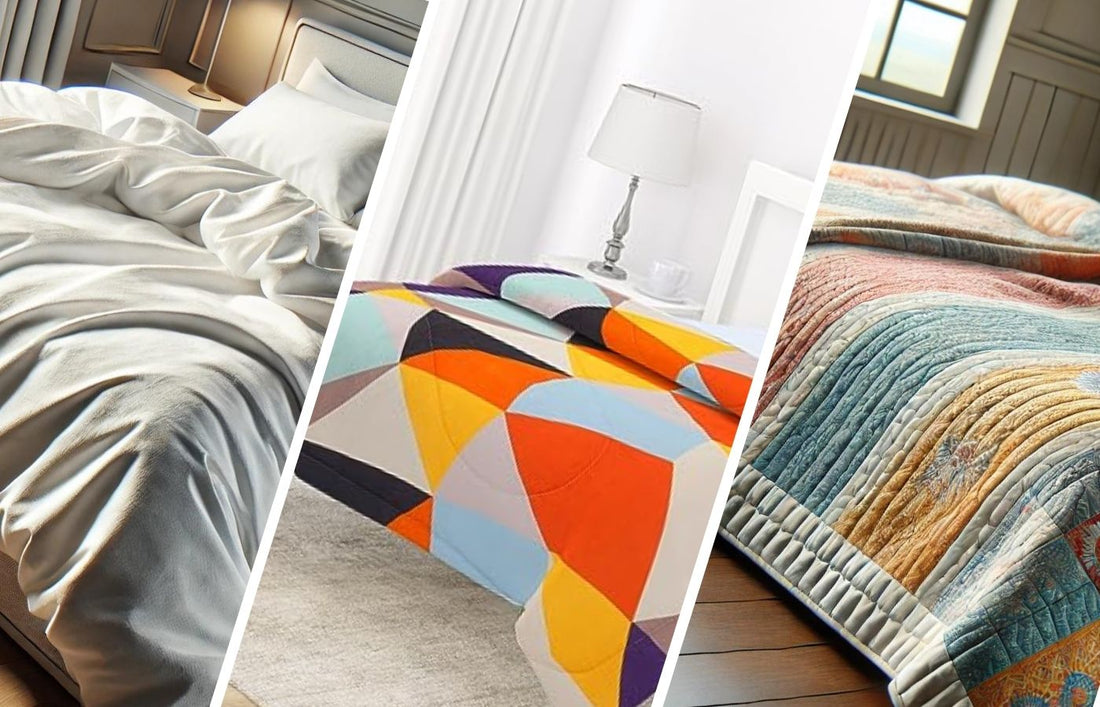
Duvet vs Comforter vs Quilt: Key Differences & Buying Tips
Anyone that shops online for bedding and bedroom accessories would surely come across three common terms: duvet, comforter and quilt. These terms could prove quite confusing unless you have some knowledge about bedding accessories or have traveled outside India extensively. Indeed, we do have duvets, comforters and quilts in India since ages, but these are known by different, local names, which could confuse you.
Therefore, if you’re shopping for some bedding accessories or simply looking for stuff to enliven your bedroom while giving it a cozy, warm and inviting feel, continue reading. In this article, I will be telling you everything about duvets, comforters, and quilts, including a comparison of duvet vs comforter vs quilt, and guiding you on buying the best one that suits your needs and budget.
Let’s start by understanding each of these bedding and what makes them different.
What Is a Duvet?

Let’s start with Duvets. Basically, duvets are a type of blanket that could also serve the purpose of a bed cover. The term duvet comes from the French word ‘Douve’ which means soft feathers or soft bag and is believed to have originated somewhere during the Medieval period of Europe.
Duvets are basically a bag of soft material, stitched with a cover. This soft material can be fiberfill, cotton, wool or synthetic material that was stitched together with a cover. The soft material would be concealed by the cover. That means, the duvet could be used for covering beds, sofas and other pieces of furniture and also be used as a soft of warm, soft blanket for sleeping.
Generally, duvets in olden days were stuffed with feathers. According to another historical record, the term duvet was coined because of dove feathers that were used in its inner bag or layer.
Duvets consist of two layers- the outer decorative sheet and the inner soft bag. In most cases, you can separate the two for maintenance and cleaning. That’s because the outer layer can be cleaned and washed easily, being made of regular cloth. However, the soft, inner, flat bag is stuffed and has to be cleaned separately. This gives the duvet its functionality.
Mostly, duvets were used and are still now a mainstay in northern Europe and parts of Scandinavia, though their use is spreading to the Baltic states too. Their popularity arises from the fact that they can be easily maintained and the outer layer can be changed at will to keep the duvet looking fresh and new.
What Is a Comforter?

The term comforter is the modernized version of the Latin word ‘confortare’ which means strengthened or fortified. Indeed, a comforter is exactly that. As a matter of fact, it’s a piece of bedding or bedding accessory that’s fortified with multiple sheets and two outer sheets.
Usually, a good comforter has at least four sheets which includes the two outer layers and two inner ones. The outer layers are basically for cover and contact with the bed while the inner two layers contain fiberfill, feathers, cotton, artificial foam and other material designed to give us comfort and that soft feel in bed.
Comforters have existed since eons. The earliest records of comforter dates back to a staggering 50,000 years. In those days, prehistoric women and men would stitch together skins and hides of animals they hunted for food and make a thick piece of bedding that could also shield them against snow, rain and biting cold. The first use of needles for stitching date back to some 50,000 years too.
The tradition of constructing fortified bedding and bedding accessories for shielding against cold weather and especially chill winds has since evolved and comforters are a widely accepted part of our modern culture.
Unlike the duvets that’re preferred mostly in Europe, a comforter has a global appeal. That’s because one can craft a comforter with myriad materials to suit the climate at the location of their use. For example, you can find thick and very warm comforters stuffed with wool or other materials being used in European countries and polar regions because of the need to stay warm. At the same time, comforters are common in India because they’re made of cotton fiber or other stuff and aren’t as warm as their European or American counterparts.
Also Read: What Is a Comforter? Uses, Cleaning Tips, and More
Explore Our Collection Of Premium Comforters Here:
What Is a Quilt?

The term Quilt traces its roots to ancient Latin language where the word Culcita was used commonly to denote a thick, padded bedding or blanket, usually crafted by stitching together multiple types of cloth.
This was the mainstay of the poorer folk during the Medieval and Renaissance periods. They would stitch together cloth of old blankets, bedsheets as well as discarded clothing to make warm and comfortable, padded beds that could double up as a sort of comforter or blanket.
Broadly speaking, a quilt consists of three layers. In some cases, the inner layer of the quilt can be a flat bag, stuffed with cotton or even bits and pieces of old clothing. Nowadays, fiberfill and synthetic foam is used widely for such stuffings.
The two outer layers are usually colorful and have different patterns. You can often see more than one type of cloth and many different patterns appearing on the two outer sides. This is because of the origins of quilts when people made them by stitching together different materials from blankets, clothing and other such stuff.
Quilts are very common in countries with moderate to warmer climatic conditions, especially where winters aren’t as severe. Understandably, the patterns and colorful designs of quilt have led to a booming industry that churns out these bedding pieces also for use in extremely cold weather.
In India and the Indian subcontinent as well as parts of South America, quilts are generally handmade. They’re crafted from discarded blankets, bedcovers and clothing and are a mainstay of the economically weaker sections of the society.
A quilt is also available commercially. While handcrafted ones have an inner layer stuffed with cloth bits or cotton or a mix of the two, commercially available ones are more elaborate and come with fiberfill. They’re also thick and can be used in mild winters. Quilts can also double up as beds and are extremely popular in India for sleeping and covering neonates and babies.
Uses of Duvets, Comforters and Quilts
As you can see, all these three- Duvets, Comforters and Quilts are pieces of bedding or can be best described as bedding accessories. More or less, they have the same purpose: shielding the user from cold weather and chill winds. However, these three also have multiple uses.
Here’re some of the uses of a duvet, comforter and quilt
- As a blanket: the most common use of these three is as a blanket while sleeping. They’re used when conventional, single-sheet blankets aren’t enough to stave away cold weather.
- Decoration: duvets, comforters and quilts are also superb bedding accessories to decorate your beds and give them a warm, cozy and comfortable look. They spruce up the looks of any bed since all of them come with colors and patterns.
- For Seating: though not recommended, a lot of people use duvets, comforters and especially quilts for seating. They spread these pieces of bedding on the floor and squat comfortably. This is fine but you could end up damaging their outer layer.
Some people also use duvets, comforters and quilts to cover their sofas if needed. This can be done if your sofa has stains or damages and you wish to conceal these from guests. Other uses include gifting to newly weds and babies or even on special occasions.
Buying for Your Needs
Generally, the decision to buy a duvet, comforter or quilt will depend on two main factors: your budget and the type of climate at your location. Duvets and comforters can be very warm and hence, you can buy any of these depending on your needs to stay comfortable during winters. On the other hand, a quilt is suitable for all kinds of weather and particularly, warm climatic zones with mild winters.
Secondly, consider your budget. A superb quality quilt, comforter or duvet can cost thousands of Rupees. You can also get cheaper variants starting from Rs.499 onwards on online stores. However, the material used for creating these mass-produced duvets, comforters and quilts will largely be cheap.
Another major factor you could consider is the cost of maintenance. All these three bedding accessories- duvet, comforter and quilt require professional cleaning. The reason is simple: you can’t clean the stuffed bag of a duvet or the inner layers of a comforter and quilt at home.
Drying them after wash is also a major hassle. Unless a duvet, comforter or quilt dries properly, it will gather fungus that could pose a major health hazard, while developing unpleasant odors. Hence, you should be able to afford commercial drycleaning available at professional laundries.
Finally, take into consideration the storage space these bedding accessories will occupy at your home, when they’re not in use. All the three- duvet, comforter and quilt are thick and have to be folded and kept properly.
Since they’re bulky and large, you will require proper space in closets to store them. They have to be stored with lots of mothballs and if possible, drying gel bags to ensure they don’t gather moisture that could cause molds and foul odor to seep in.
Wrap Up
You can easily buy any of these three bedding accessories, depending purely on your needs and budgets. Indeed, having any one of these at home can prove worth the while since they provide superb protection for your beds while giving it a decorative and cozy look. Personally, I prefer comforters for air-conditioned rooms because they serve the needed purpose.
